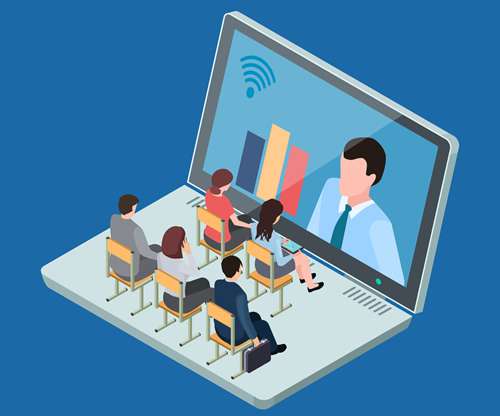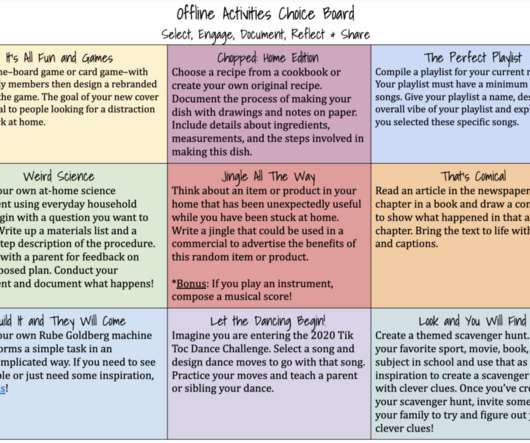Effective online course design starts with people
eSchool News
FEBRUARY 15, 2021
The shift to virtual learning in early 2020 put a spotlight on online course design, with all its flaws and inconsistencies. But there are good examples of effective online course design. First and foremost, engaging online learning programs are built with empathy for both the teacher and the student.












Let's personalize your content